Where Can I Get an Old Roll of Film Developed
The Safest "First" Process for Expired Film is always into B&W – Even for Color Film
To greatly simplify, film has two essential components – a light sensitive silver layer that captures the image in B&W and color dye layers to create the color image. During a normal color process, once the silver has served it's useful purpose, it is bleached from the film leaving behind only the color dye image. As film ages, the color dye image deteriorates more quickly than the B&W silver image. By not removing the silver content from your expired film during the initial process along with our carefully kept records on how over 800 unique film types are responding in a given process, we are doing the safest possible process for your film. We then digitize those images and if you choose, we can do a further chemical process called "film acceleration" that will reveal the color image or what is left of the color image. With color films that are newer (5 to 10 years past their expiry date), the color image may well be more desirable. With color films that are older, more often than not the B&W image is clearer and often far clearer; there may be little or no viable color image left. In that case, digital colorization may produce more satisfactory results. It's only by working with this approach that we have a high enough success rate to be able to guarantee we will salvage something recognizable from your expired film — or you don't pay.
Once Film Developed by Safest Possible method into B&W and the Security Scan Made – Next Step…C O L O R!
There are two approaches we can take to produce color images from film developed into B&W. There is a chemical approach called "Film Acceleration" where we actually redevelop your film into color. This produces variable results from nearly perfect color to very distressed and skewed color. Then there is a digital Photoshop approach using Photoshop's A.I. software that colorizes images and adding a good dose of hands on work after to make the images more acceptable. These colorized images are much more akin in their look to historic hand tinted postcards and photographs than they are to a true color photo but they definitely can have their own special charm and character.
Here are some samples. Two Kodak films from the same client both from the early 1990s.
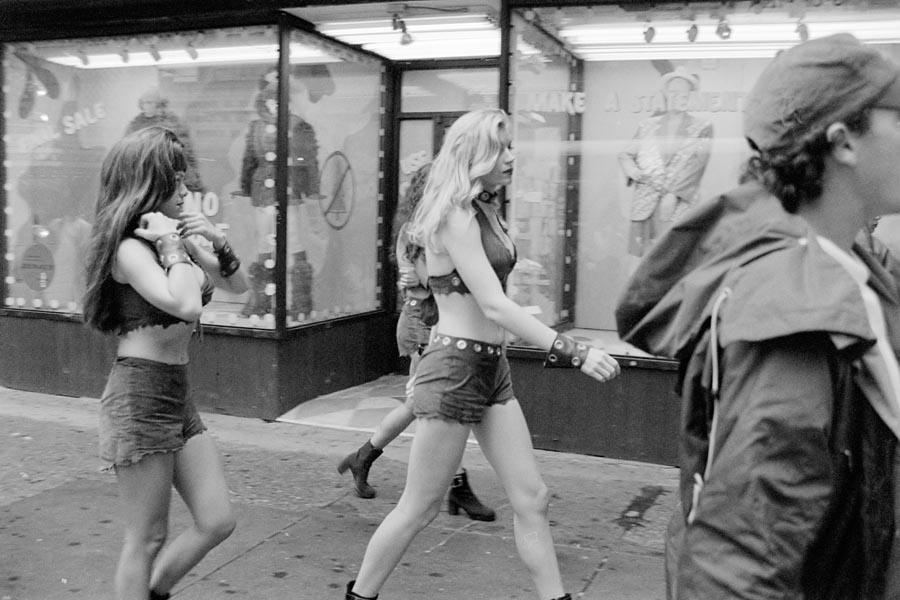
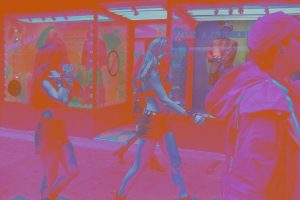
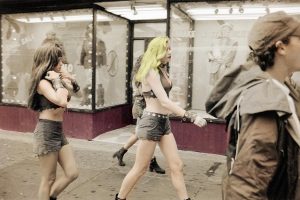

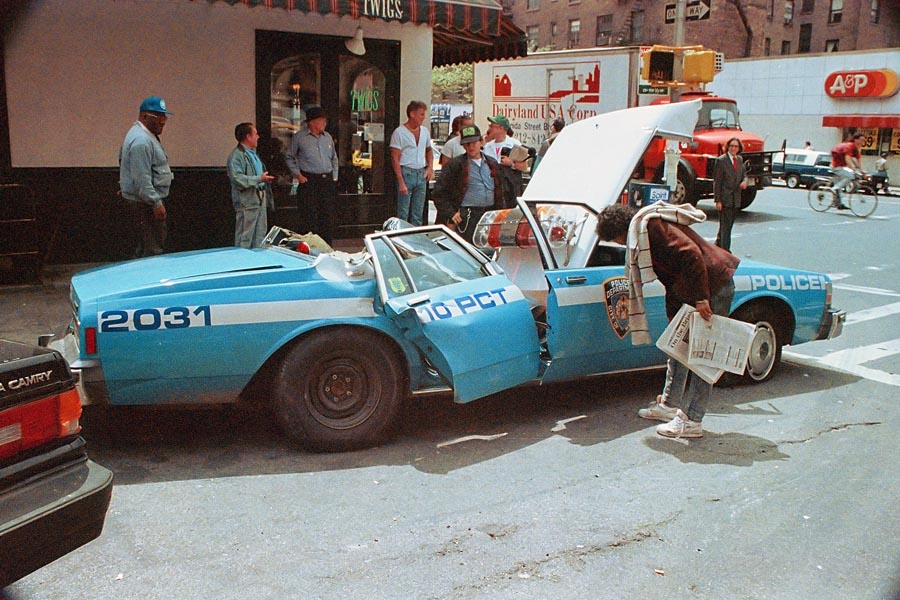
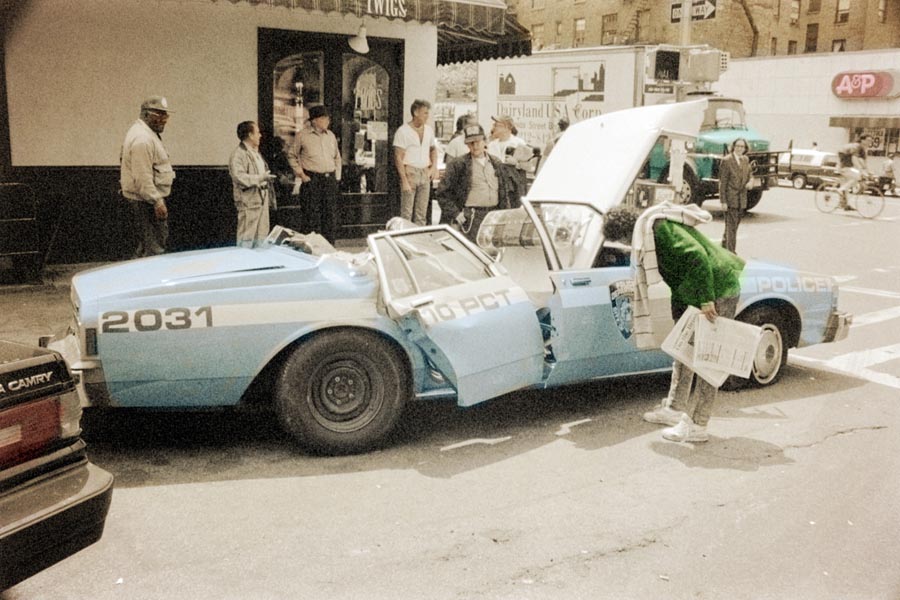
While both of these pictures are from separate films from early 1990s Kodak film shot by the same client, the end results in color were very different. This shows just how unpredictable color processing of expired color film can be. This is why we first process and scan all color film into B&W first before proceeding into color (if requested).
- Color films less than 10 years beyond their process before date have a very good chance of accelerating well into color.
- Color films 10 to 20 years beyond their process before date aren't too likely to have quality color but the effect can be interesting and perhaps "artistic".
- B&W and Kodachrome type films can only be colorized…acceleration is impossible.
- The cooler your film was kept over time the more likely you are to get good color.
- It is rare to have a film older than 30 years old that would ever render decent color by accelerating – expect highly distressed color images.
- Kodak brand films (including Seattle Film Works, Signature and RGB) and Scotch 3M film are more likely to end up in color than Fuji and Konica brand films.
Every Image is Worked in Photoshop – Essential
After scanning each picture on your film, all are brought into Photoshop for a hands on correction. This is a very important step which greatly improves the picture well beyond what would be possible with conventional photo finishing. This is included in the base price of your film processing. By doing high quality digital captures and Photoshopping those files, we are often pulling recognizable images from film that appears blank upon casual visual inspection, making very poor quality negatives acceptable or improving poor quality images to high quality images.
The following samples are from small format 126 film that are in the first case, very poor quality and in the second, extremely poor quality negative. These are not representative of our average results at FRI but only to demonstrate how Photoshop will improve distressed images. Had these negatives been developed in the original process designed for the film, they would both likely have been totally blank.
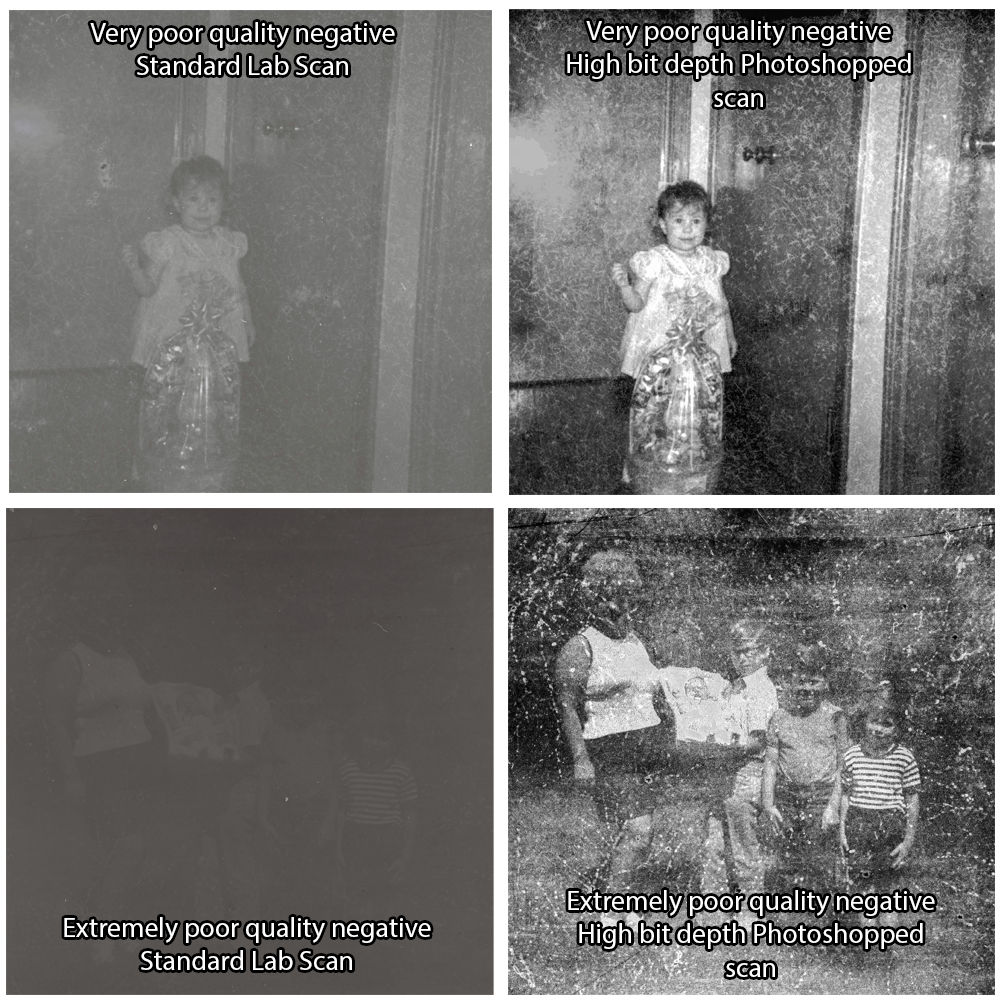
Price Policy and Currency
Prices and billing are in US dollars with one exception: Film Rescue Europe orders are billed in Euros**
When applicable, VAT, GST and/or PST will be added to European and Canadian orders.
**Film Rescue Europe orders must be sent to and returned through the Netherlands location.
Base Price – Processing, Digitizing, Photoshopping and Invitation to View Preview Images Of What Is On Your Film – 30.00 per film
Film will be processed in the safest possible manner – B&W negative – to give us the highest chance of salvaging an image. If you'd like your film in color, we can attempt that too but only after first processing safely into B&W.See Film Acceleration or Digital Colorization below for details. The negative is then scanned and manually Photoshopped image by image — an important step that goes a long way to improving faded, long expired film. The images are then uploaded to a private gallery for client viewing. If applicable, both the color and B&W versions of your images will be included in the gallery.
While you can download these images directly from the gallery to your computer, the free downloads are small and really only intended as preview images to let you know what's on your film. They are about the size of the images in our samples page here. See "Options Once you have your Gallery" below here for more details and Further clarification here in our FAQ
Remember: we do not charge for processing if a film turns out blank or without recognizable pictures.
| Tested safest possible B&W process, digitizing, Photoshopping and upload to preview gallery | 30 .00 per film* |
| If your film has only 2 to 4 recognizable pictures (at our discretion) | 20 .00 |
| If your film has only a single recognizable picture or is borderline recognizable (at our discretion) | 15.00 |
| If your film is blank | No Charge |
What do we mean by a recognizable image?
*Oddball price exceptions – These are rare formats that we need to process by inspection with infrared goggles in trays by hand which is labor intensive. In the case of unprocessed flood or other liquid damaged film, these need to be individually stand developed which is also labor intensive.
- Any film on spools greater than 70mm in width (e.g. 122, 124, 130 format film) or shrunken film: 40.00 if 4 or more recognizable pictures; 30.00 if fewer than 4 recognizable pictures; 20.00 if blank.
- Sheet film, glass or acetate: 6.00 per sheet with image; 3.00 per sheet with no image. Minimum Charge: 30.00
- Flood damaged film, film having been submerged in liquid, water or otherwise – Stand developed (not agitated) into B&W negative at low temperature: 45.00 regardless of the results or number of exposures. If desired, acceleration into color can be attempted – add 15.00
- Obviously highly environmentally distressed film. Film that has been in or near a fire. Stored in an extremely dirty or dusty environment to the point the packaging is obviously soiled – judgement at our discretion: 15.00 regardless of the results – otherwise normal pricing applies.
Film Acceleration (making your film color) – optional – add 15.00
With certain color films other than Kodachrome or Kodachrome type film, we can do an additional chemical process and attempt to get color image from the B&W negative (after the B&W images have been scanned and archived digitally). If film acceleration is not possible (e.g. for Kodachrome or B&W films) or advisable, digital colorization may be possible. It will depend on how well the initial B&W process has turned out.
See our FAQ for more information about film acceleration. Also, below that section are some facts that might help you make the choice if you think you should have your film accelerated or not.
Colorization (making your B&W digital file color) – optional – 3.00 per image selected from your gallery
Colorization is a digital process done to the B&W digital file we create of your film and is more akin in look to a hand tinted historic photograph than it is to an actual color photograph. The appearance can be quite charming but object colors won't necessarily match real world colors. I.E. Grandpas blue car may now be a green car. Highly distressed B&W images won't colorize very well. Even if you opted for acceleration, colorization will be available for any image in your preview gallery.
Optional Once You Have Your Gallery…
These are your order options in the gallery on a pick and choose basis, per image:
| HD resolution digital file available for instant download (size info) | .90 |
| Full resolution digital file (size info) | 1.10 |
| Colorize B&W image(size info) | 3.00 |
| 4×4 to 4×6 traditional style print (large border on glossy paper) | 0.99 (volume discounts when multiple copies ordered) |
| 5×5 to 5×8 traditional style print (large border on glossy paper) | 1.50 (volume discounts when multiple copies ordered) |
| HD resolution digital file with 4×4 to 4×6 traditional style print (large border on glossy paper) | 1.50 (volume discounts when multiple copies ordered) |
| HD resolution digital file with 5×5 to 5×8 traditional style print (large border on glossy paper) | 1.99 (volume discounts when multiple copies ordered) |
| 8×8 to 8×11 print | 5.99 |
Available discounts in the gallery to the above prices
Early Bird Special: Once you receive your invite to view your gallery, if place an order for any of the above products within one week of that invite, there is a 20% discount on these prices.
Buy All Discount: In your gallery, you will have the option to "Buy All" images as any of the above products. If there are 50 or less images in your gallery there will be a 5% discount if you use a "Buy All" – 51 to 100, a 10% discount – greater than 100, a 20% discount. This is currently a cumulative discount with the "Early Bird Special" so there could potentially be up to a 36% savings on large orders ordered quickly.
Return Shipping and Handling
| Within USA and Canada | 15.00* |
| Film Rescue Europe | link * |
| All others | Contact Us |
| Clients Who Choose Downloads Only (Nothing Physically Returned) | No extra charge |
*Shipping chargesmay be higher for exceptionally heavy, large, or fragile orders.
- If you would like to send us your film please fill out the order form here… Order form
Process only? See Here
Payment
Since we don't charge for processing if a film is blank and because we offer previews so the client is able pick and choose only the pictures they want, we have special motivation to do the best possible work. If we don't get pictures from your film, we make no money; the better the quality of the pictures we produce, the more likely a client is to place an order for those pictures. A final cost cannot be pre-determined;we don't accept payment by check or money order. You may pay online with Paypal or with MasterCard, Visa, Discover or American Express (via Stripe). **Film Rescue Europe payment options are bank transfer or Paypal only.
Turn Around Time
Film is processed in regular 10-12 week cycles. Unlike a conventional processing lab that may do one or two large volume processes in-house, we have 12 small-volume processes. We need to process in batches, mixing fresh chemistry and preparing for each process before moving to the next. Only after all the processing is complete does the negative scanning begin. Once that step is complete, the film acceleration is done as applicable. Once the accelerated films are scanned, the digital enhancement work is done and the image galleries created. Finally, approximately 6 weeks after the cycle cutoff date, the galleries are ready to upload. If you place an order after previewing your images, it may take 2-4 weeks to complete and be ready to ship.
Work for the next cycle must be received by:
December 31, 2021.
Rush processing is available upon request. Please don't wait until near the beginning of a cycle to send your film. This slows down our administrative stage at the start of each cycle, delaying work for everyone.
About Our Guarantee
When we are deciding whether to scan or not scan a client's film we are doing this upon visual inspection of the processed negative. Often times it is difficult to tell what the end quality will be without scanning and enhancing the negative. We therefore will continue with scanning and enhancing any film that we see anything on, whether that be a person, animal or object. We do not want to be put into the position of trying to make a subjective determination of what may or may not be important to a person. What is one person's "trash" is another's treasure. Really terrible quality films will still be charged for – entire blank films will not. You will not be paying for absolutely nothing if your film is unexposed, improperly exposed or completely age fogged.
About Our Scans
When we digitize your film, we are using a high bit depth DSLR for B&W images because we're often dealing with film that is too dense to scan with a conventional scanner. A quality DSLR is a fine tool for capturing B&W film images, however, it isn't for capturing color images so for our color images we're using a Fuji SP3000 lab scanner and for medium and large format we're using a Creo iQsmart 3. If you order high resolution versions of your pictures from your gallery we will supply you files that are from 2400 to 3600 pixels on the short dimension of the frame. Plenty of resolution for all practical purposes.
About Our Gallery Images
When you get your gallery, the images that you will see onscreen are quite large but there is a light watermark on them. If you hit the download button beside each picture, it will download that image onto your computer where ever you have your computer set to accept downloads. If you order large downloads, once you check out and pay, those will be immediately available for you to download via a link that will be present onscreen immediately after the payment screen. If you order prints, those can take 2 to 4 weeks to deliver to you.
About Our Prints
Our prints emulate the look of the past with wide borders and glossy paper. The short dimension of the frame will be 4, 5 or 8 inches depending on what size you order. Keep in mind, with vintage film there are many different aspect ratios. Some print onto square paper, some are modest rectangles and some are wide rectangles.
About Process Only
We don't offer a "process only" service. Too often in the past, we had "process only" films returned to us that a client was unable to scan due to the condition of the film. We, however, were able to get images from the exact same negatives. We now scan all film and provide an online image gallery. You aren't obligated to download the images from your gallery or order anything from the gallery. You will receive your negatives back unless you indicate on the order form that you do not want them returned to you.
All we deal with is expired film and we have the experience, the equipment and the techniques to salvage image from extremely poor quality negatives:
- With some negatives that have edge fogging, the effect is greatly reduced by doing yellow light scans which required optical grade yellow filtration within the scanner.
- Some negatives after processing are as dense as welding glass and conventional scanners can not see through them.
- Some negatives have such an extremely faint image on them they can't be recognized with the preview scan on a conventional scanner making them very difficult to locate your marquee correctly during preview. Auto frame selection will not work on these negatives. Do not assume if you don't see images upon a quick inspection, there is nothing there.
- Some films such as GAF cassettes and Triple Print blue label films are processed into an unstable reflective negative that begins fading after processing. Not only do they need to be scanned right away, they are scanned wet because the contrast on the film is much higher when wet and they can not be scanned on a normal scanner because light will not pass through them.
Example of an image that was over looked by the client after he closely inspected his negative. 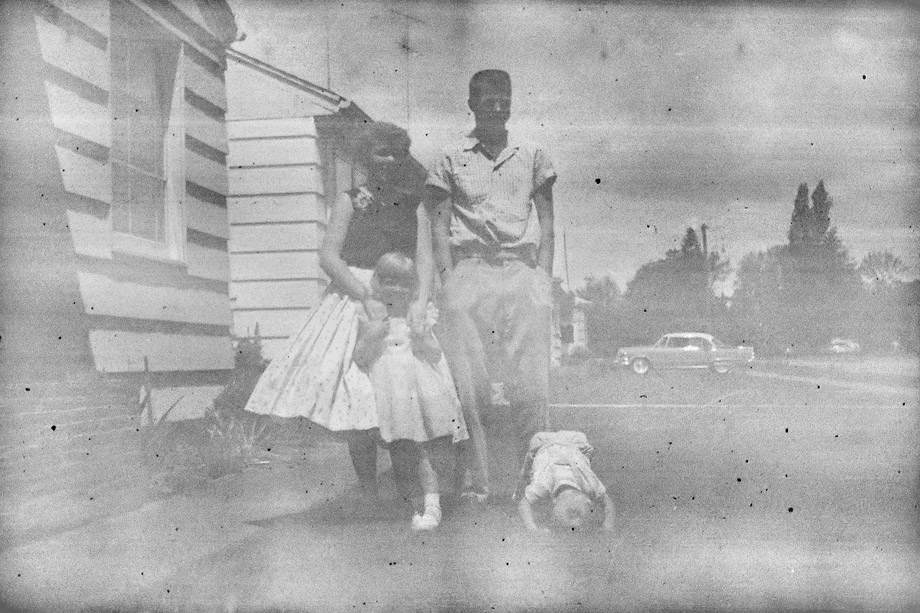
If your negative is in very poor condition after processing, we are very good at salvaging something from them. This customer did not want our on-line previews and simply asked that we copy all of the pictures to CD. Upon receiving his order back and not having access immediately to a computer to view his CD, he inspected the negatives and couldn't find any images. Not understanding why he was being charged for blank film when Film Rescue doesn't charge for blank film he called with his concern. We opened our archive folder of his images and while the quality was quite poor we had in fact managed to salvage 13 fully recognizable very old pictures from a roll of film the customer could only see with close inspection, as being entirely blank. Many thanks to Mr. Berg of Seattle Washington for letting us use this picture and tell his story.
Where Can I Get an Old Roll of Film Developed
Source: https://www.filmrescue.com/old-still-film-gallery/
0 Response to "Where Can I Get an Old Roll of Film Developed"
Post a Comment